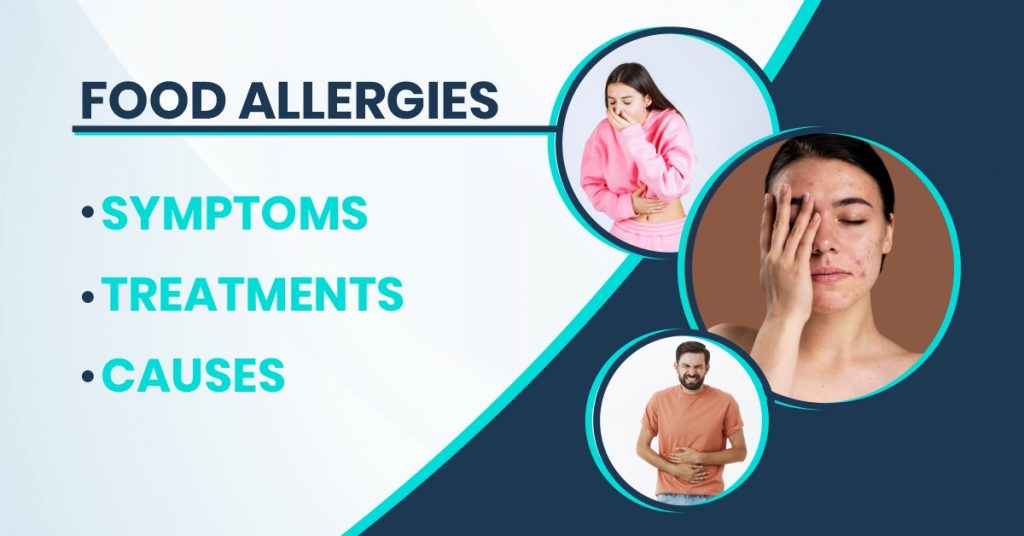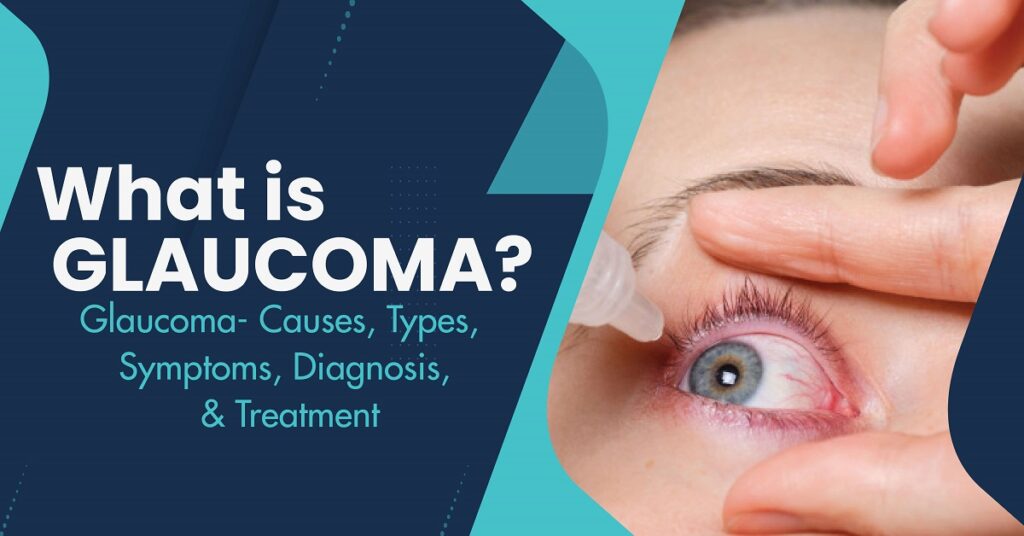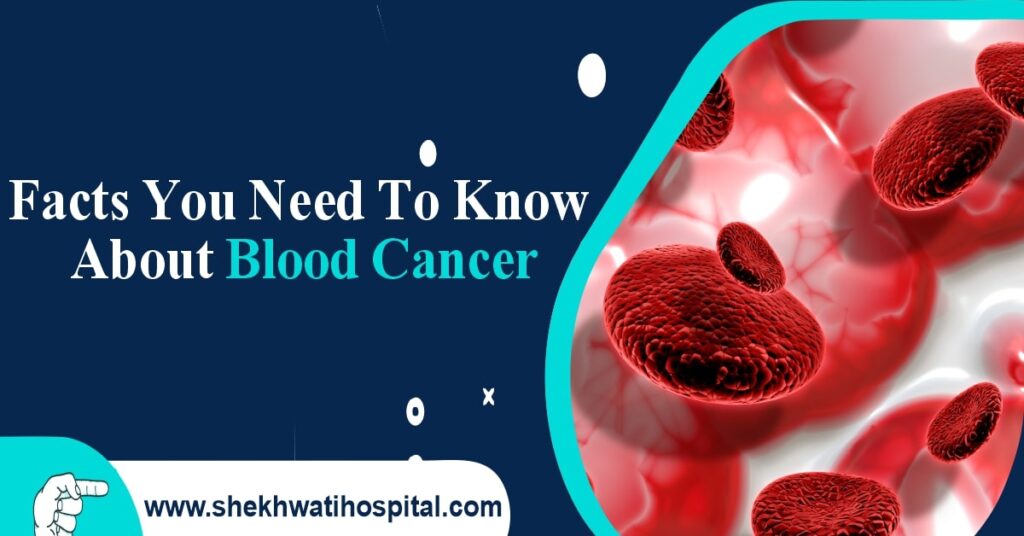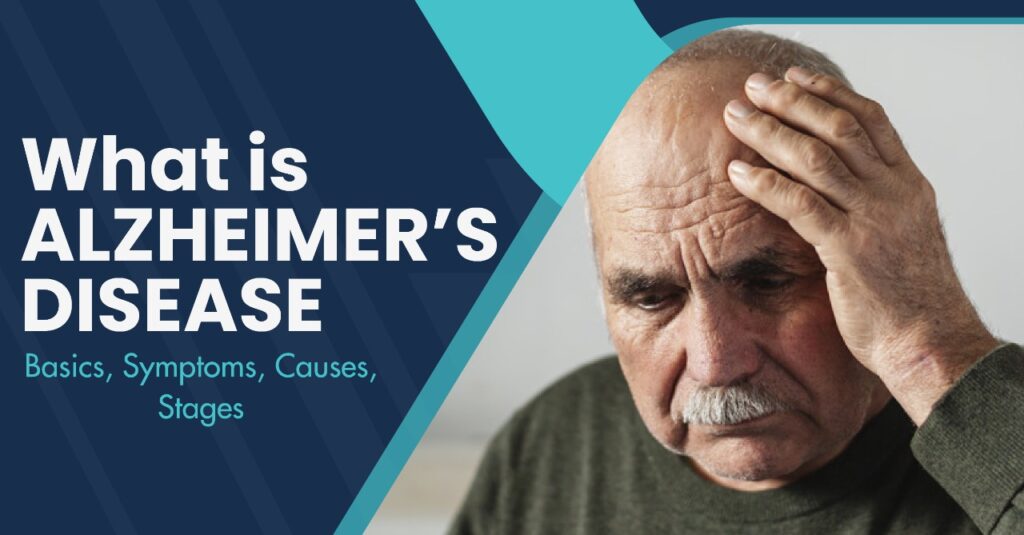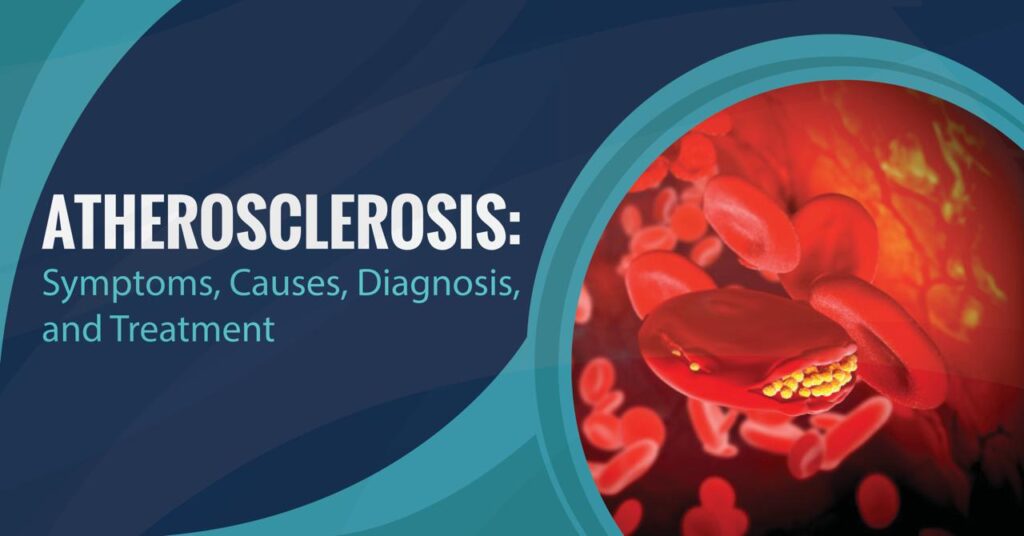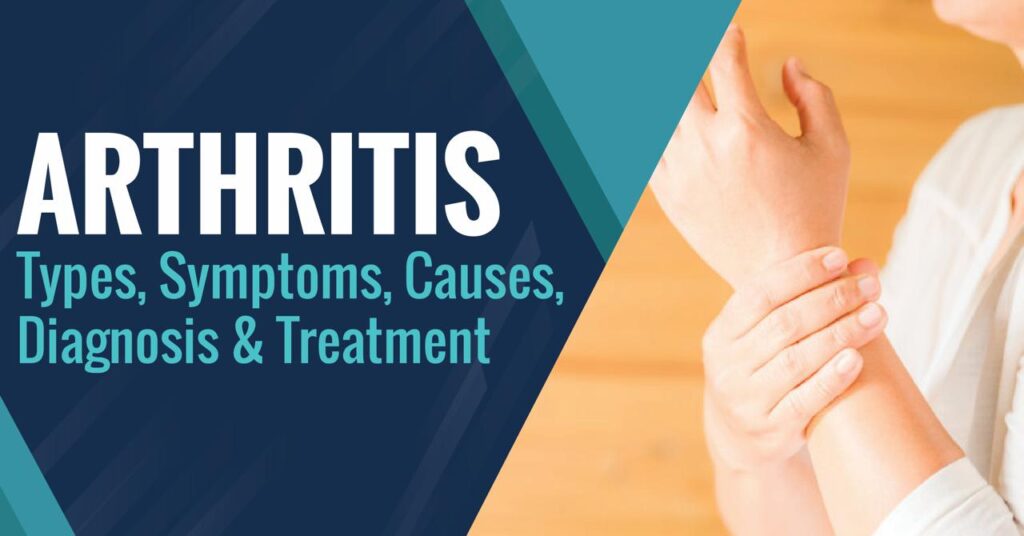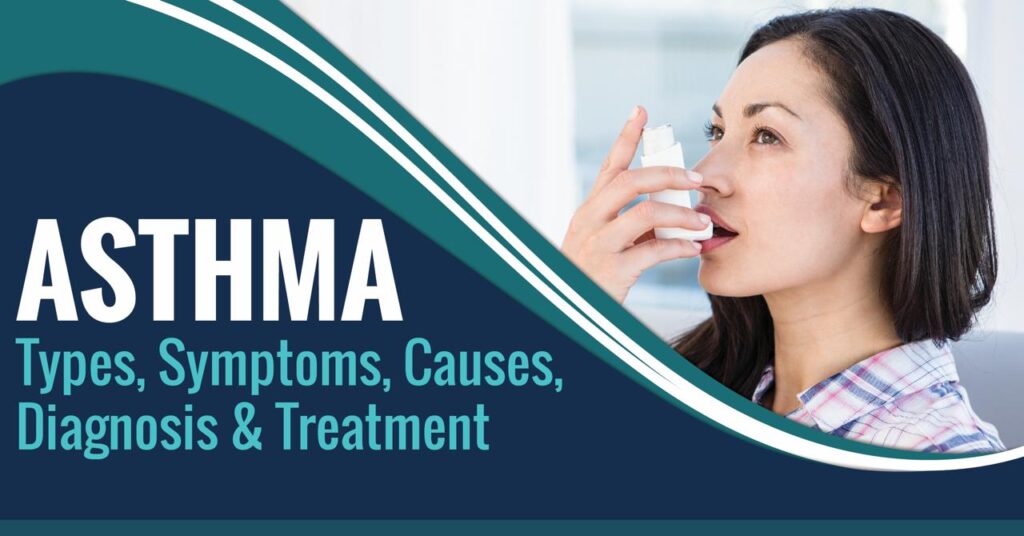Food Allergies are allergic reactions triggered by an immune response. Food allergies can cause symptoms such as skin rash, nausea, vomiting, cramps, and diarrhea in someone who eats or swallows even a tiny amount of a particular food.
This type of allergic reaction is often called a hypersensitivity reaction since the body is reacting to something otherwise harmless. Rarely, anaphylaxis, or anaphylactic shock, can result from severe allergic reactions.
The majority of people believe they have a food allergy, but only a few adults and children have true allergies, mainly those younger than 6 years. Those who have food intolerance experience an unwanted reaction to food that occurs without involving the immune system.
The symptoms of food intolerance and food allergies can be similar, so it is easy to confuse them. However, a person with food intolerance typically only experiences mild symptoms such as a stomachache.
As an example of food intolerance, lactose intolerance occurs when a person lacks a certain enzyme required for digesting dairy proteins, which results in loose stools, gas, and nausea after consuming dairy products like milk and cheese.
Symptoms of food allergy
Food allergies may cause discomfort to some people but not severe symptoms. An allergic reaction to food can cause great fear and even death for some people. An allergic reaction usually develops within minutes to two hours after eating a particular food. Rarely, symptoms can take several hours to appear.
The symptoms of food allergy include:
- In the mouth, tingling or itching
- Eczema, hives, or itching
- Tongue, Lips, face, and throat swelling, as well as swelling in other areas of the body
- Wheezing, nasal congestion, or breathing difficulties
- An abdominal pain, nausea, diarrhea, or vomiting
- Lightheadedness, dizziness, or fainting
Symptoms of Anaphylaxis
Food allergies can cause severe reactions known as anaphylaxis in some people. The following symptoms may result in death. The symptoms of Anaphylaxis Includes:
- The airways are constricted and tightened.
- If your throat is swollen or if you feel a lump in your neck, it makes it difficult to breathe
- Blood pressure drops significantly aftershock
- The heart beats quickly
- All symptoms of vertigo involve dizziness, lightheadedness, or losing consciousness.
Common food allergy triggers:
You start running your nose as soon as you take a bite of hot salsa or spicy Indian food. Drinking a glass of wine causes a headache later, or eating beans give you gas. When you eat cheese or milk, you will experience diarrhea if you are lactose intolerant.
Foods such as these sometimes cause reactions in most people. In most cases, they are caused by food sensitivities or intolerances. Overactive immune systems are not responsible for them.
When you are allergic to food, your immune system reacts to protect you. Your body converts harmless food into something that could make you sick. If you have a food allergy, you may get mild symptoms such as a rash or itchy eyes, or you may have an acute reaction that leaves you gasping for air.
Food allergies are serious, but there are ways to manage them. One of the best things you can do is avoid the foods that trigger your reaction.
Here is the list of some foods that can cause allergies:
- Milk (mostly cause allergies in children)
- Walnuts, almonds, pine nuts, brazil nuts, and pecans are tree nuts
- Soy
- Wheat
- Eggs
- Peanuts
- Fish (mostly cause allergies in adults)
- Shellfish (mostly cause allergies in adults)
- Corn
- Gelatin
- In meat – beef, chicken, mutton, and pork
- Seeds, often sesame, sunflower, and poppy
- Seasonings such as coriander, caraway, garlic, and mustard
Diagnosing food allergies:
The doctor will ask the patient about their reactions to certain foods when diagnosing an allergy. The questions will include:
- The symptoms that occur
- When the reaction begins
- what foods trigger it
- how cooked the food is
- when consumed
The doctor may also ask about any other allergies the person has, such as seasonal allergies or asthma, and their family’s allergy history.
Doctors can diagnose food allergies using the following tests:
- Skin Prick Test: By piercing the skin lightly with a needle, a healthcare professional applies diluted foods to the arm. The symptoms of an allergy include itching, swelling, and redness. There is a possibility that the test needs to be repeated multiple times.
- Blood Test: An antibody test can detect food allergies if it detects antibodies against particular food proteins.
- Food Dairy: Symptoms are noted if they occur along with everything the person eats.
- Physician-supervised blinded oral food challenge: To accurately diagnose a food allergy, this is the most scientific method. As the person is given increasing amounts of the suspected allergen, the physician monitors the person for symptoms under close supervision. By doing so, a psychological reaction to the allergen is removed.
What causes food allergies?
Your immune system is responsible for causing the biological reaction that causes allergy symptoms. Proteins in specific foods trigger a reaction by perceiving them as a threat to the body, causing the IgE antibodies to be produced, which break down the protein.
You can develop food allergies by eating the same food repeatedly. The repeated consumption of the food prepares your antibodies to react instantly to chemicals like histamine and others. These enter your bloodstream and trigger food allergies.
Specifically, histamine causes blood vessels to swell and the skin to swell inflame, as well as nerves to become itchy, and the nose to produce more mucus, causing it to feel stuffy and runny. You are also more likely to develop food allergies if:
- Your family has a history of food allergies. If close family members have allergic reactions, asthma, or seasonal allergies, chances are you may also suffer from a food allergy.
- When children exhibit one allergy, they may develop another, such as food allergies, seasonal allergies, and asthma.
- Several factors are involved, including gut bacteria. According to research, people with allergies to nuts have altered levels of gut bacteria, which differs from the norm.
When to See a Doctor?
If you experience food allergy symptoms soon after eating, consult with your doctor or allergist. If it is possible, see your provider immediately after experiencing allergic symptoms. Your provider will be able to correctly diagnose your condition.
Risk factors of Food Allergies
Risk factors of food allergies include:
- Family history: A family history of asthma, eczema, hives, or allergies such as hay fever may increase your risk of food allergies.
- Other allergies: You are more likely to develop allergies to another food if you are allergic to one already. If you suffer from other allergic reactions, such as hay fever or eczema, your chances of developing a food allergy increase.
- Age: It is more common for children to have food allergies, especially toddlers and infants. Growing up, children tend to have less allergic reactions to food as their digestive systems mature and their bodies become less likely to absorb allergens. It is usually possible for children to outgrow milk, wheat, soy, and egg allergies. A severe allergy, such as a nut or shellfish allergy, is more likely to be lifelong.
- Asthma: Food allergies and asthma are often co-occurring conditions. Asthma and food allergy symptoms can both be more severe when they come together.
Complications of Food Allergies:
In the absence of a diagnosis and treatment, allergies can result in complications including:
- Asthma
- Lung, ear, or sinus infections
- Anaphylaxis
Prevention of Food Allergies:
The key to preventing allergic reactions is to have an allergy management plan. Allergy control is also essential. Consult with your doctor for a personalized allergy management plan.
Allergic reactions can be controlled and prevented based on your allergies. Listed below are some ways to manage allergies:
- Avoid your allergens: Despite their importance, this is not easy to do. Avoiding allergens is easier for some than for others. Reduce your contact with an allergen if you cannot avoid it.
- Timely take medicine as prescribed: Taking them can help you manage your symptoms. Make sure to avoid allergens when taking them.
- Make sure you always carry epinephrine auto-injectors with you if you’re at risk of anaphylaxis: Whenever an allergic reaction is severe, epinephrine is the only solution. A prescription is required for its use. A set includes two auto-injectors with every prescription.
- Maintain a diary: Keep a journal of what you do, what you eat, how symptoms occur, and what seems to help. Identifying what causes or worsens your symptoms may help you and your doctor.
- Know what to do during an allergic reaction: Prepare a written emergency plan for anaphylaxis. In this document, you will find information on how to handle allergic reactions and symptoms. For any questions, consult with your doctor.
You can also read: Introduction of First Aid
Treatments of Food Allergies:
It is advisable to restrict your diet to foods you know you are allergic to. In addition, it is wise to have emergency medications on hand at all times, including epinephrine autoinjectors, in case they are accidentally consumed. After using an epinephrine autoinjector, seek emergency medical care immediately. It is also recommended that you wear a medical alert identification indicating your food allergies.
You may be prescribed medicines to reduce the symptoms of allergic reactions. Some of these medicines include:
- The first thing you should do in case of anaphylaxis is to administer epinephrine (e.g., EpiPen or Auvi-Q), a life-saving emergency medication that reverses symptoms immediately.
- Antihistamine is a medication that reduces itching or congestion.
- An allergic reaction may require corticosteroids to reduce swelling.
Experimental Treatments:
Food allergies can be reduced and prevented through ongoing research, but there isn’t a proven treatment that will completely or completely eliminate symptoms.
Oral immunotherapy is one treatment currently being studied for food allergies. It involves swallowing or placing under your tongue (sublingual) small doses of the food you’re allergic to. Gradually increasing the dose of the allergic-provoking food is used.
Peanut (Arachis hypogaea) Allergen Powder-DNFP (Palforzia) has been approved by the U.S. Food and Drug Administration for treating children ages 4 to 17 years old who have confirmed peanut allergies. Eosinophilic esophagitis and people with uncontrolled asthma aren’t recommended for this medication.


